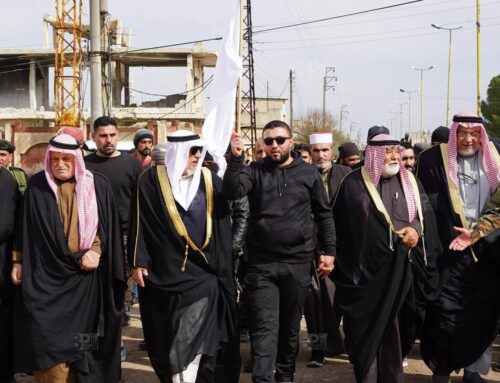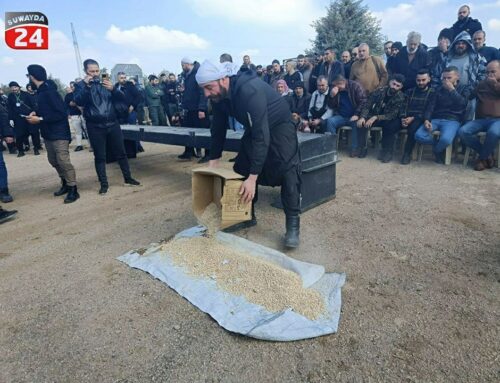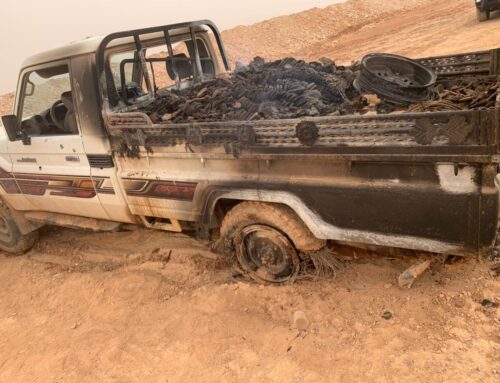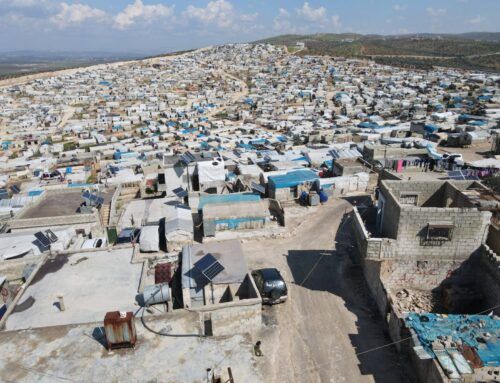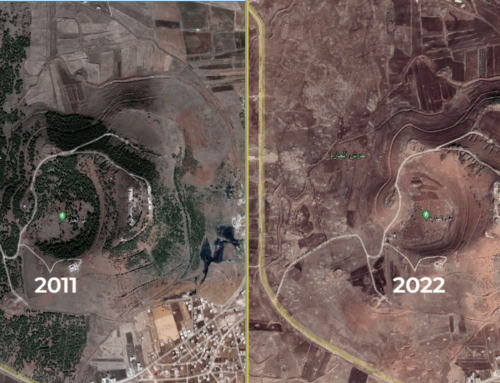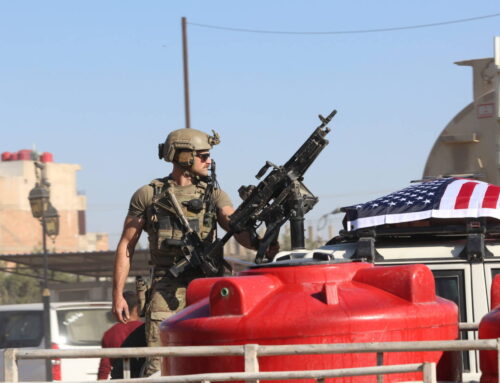Rebels say united efforts in Quneitra leading to victories
April 29, 2014 Regime opponents say rebels control up to […]
29 April 2014
April 29, 2014
Regime opponents say rebels control up to 70 percent of the small, southwest province of Quneitra. The area was locked in a relative stalemate until late March, when the Free Syrian Army, the Islamic Front, Jabhat a-Nusra and a slew of local brigades announced they would increase coordination with one another in Quneitra and western Daraa province, linking their cooperation to what they termed a successful rebel campaign in Syria’s northern Latakia province.
In the last week, rebels there have seized the Tel al-Jabia military base, next to the Daraa province town of Nawa overlooking much of Quneitra and consolidated control over the Tel Ahmar Hills, just two kilometers from the Quneitra province border with the Israeli-occupied Golan Heights.
Syria Direct’s Mohammed Ali al Haj Ali spoke with Ahmed al-Joulani, a spokesman for the FSA’s Revolutionary Military Council in Quneitra, about how the increasing coordination for rebel groups is showing results on the ground.
Q: How are the battles in Quneitra and Daraa related? Is there any coordination between the brigades in the two provinces?
A: Yes, there is complete coordination. The goal is to permanently unite the FSA, promote cooperation and create a joint operations room that will help streamline our work and achieve better and more effective results. The last battle in the area proved this idea.
There is comprehensive coordination between brigades and battalions, corresponding to their unique goals and military capabilities. The joint operations room is overseeing this process by providing them with effective logistical support in addition to fortifying already liberated areas.
Q: Who is the strongest faction on ground, and what role does Jabhat a-Nusra play?
A: This is a faulty question since all of our work is cooperative. Jabhat a-Nusra, as a resistance group, is working like any other faction in the operation room.
Work is distributed as follows: Some factions are assigned to raids and attacks while another faction is assigned to cover the team attacking.
There is a committee responsible for fairly dividing whatever is captured. Because some brigades don’t have strong, effective weapons, these groups get priority on the weapons while the rest of the spoils are divided amongst everyone else.

Q: What is the strategic importance of the rebels capturing Tel al-Jabia military base?
A: Tel al-Jabia, located in the hills of Husun al-Hita, is a strategic location for the regime because it protects its military bases in the area. They limit the Free Syrian Army’s movement in the area. The FSA’s liberation of Tel al-Jabia has created a more stable and safe environment for its residents. Militarily, it will allow the FSA to move freely and build roads and bridges that connect its different brigades.
Q: What is the situation in Nawa after rebels took control of Tel al-Jabia?
A: Today, after a long siege, the people in Nawa are living in freedom, though they are still in shock and horror after what they went through. There are still unburied corpses lying around the outskirts of the city. People say they tried to escape.
Nawa is strategically important because it serves as a port for all the surrounding villages, and it makes it easy for the FSA to control the road network that supports the regime. It also makes the liberation of Tal al-Jamoa and Tal al-Hara easier.
Q: What are rebels’ immediate goals in Quneitra?
A: The goal now is to overthrow the regime in the areas surrounding the Husun hills, to bring safety and security to these populations.
For more from Syria Direct, like us on Facebook or follow us on Twitter.

